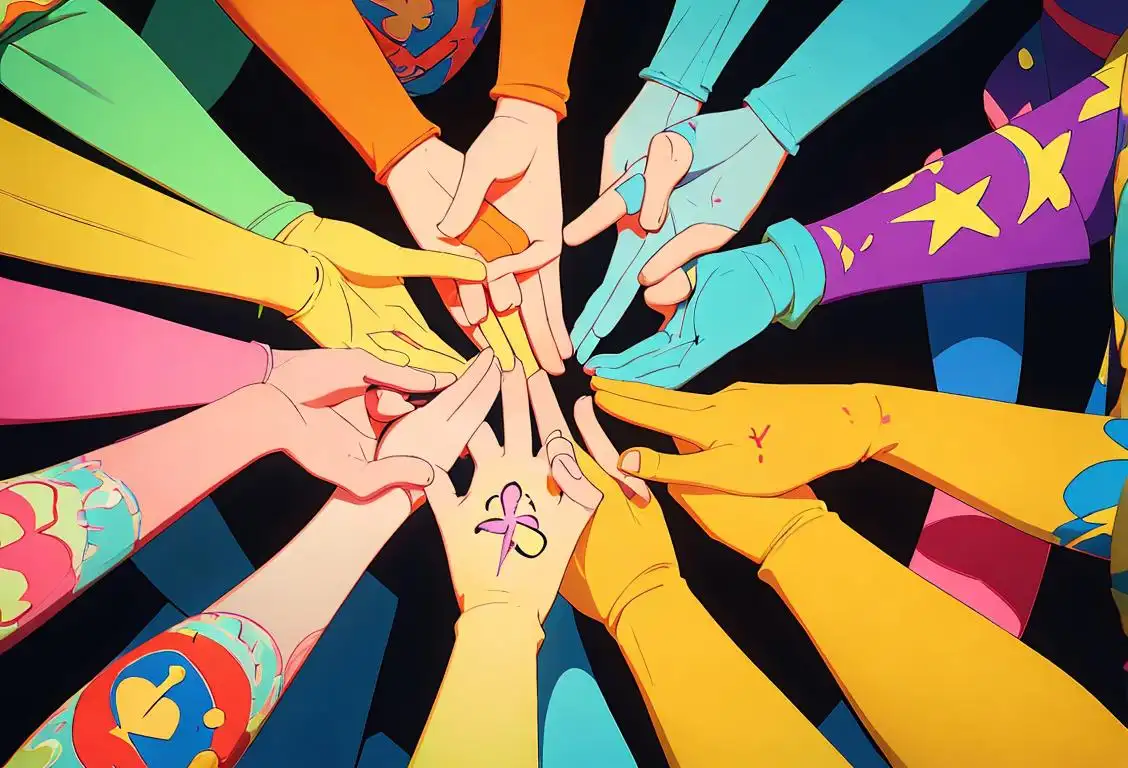National Bad Mood Day

Are you feeling a little grumpy today? Well, fear not, because it's National Bad Mood Day! Embrace your inner grouchiness and let's dive into the amusing history of this unique day.
When is Bad Mood Day?
It's national bad mood day on the 4th December.
The Internet Origins of National Bad Mood Day
Internet history is filled with bizarre and quirky national days, and National Bad Mood Day is no exception. This annual event gained recognition online with 13 mentions and reached its peak popularity on December 4, 2015. It's a day that encourages people to let go of their smiles and embrace their inner curmudgeon.
Becoming One with Your Inner Grouch
On National Bad Mood Day, it's time to let all your negative vibes run wild (in a safe and non-destructive way, of course). Give yourself permission to sulk, scowl, and grumble to your heart's content. You can vent about the slow internet speed, the weather forecast, or those pesky pop-up ads. Embrace the joy of complaining!
But remember, it's essential to keep things light-hearted and not let your bad mood affect others negatively. National Bad Mood Day is all about fun and stepping into the role of a grumpy character, like the beloved Oscar the Grouch from Sesame Street.
Did You Know?
Oscar the Grouch has been an iconic character since Sesame Street first aired in 1969. He lives in a trash can and has perfected the art of embracing his bad mood every day. Surprisingly, beneath his gruff exterior, Oscar has a heart of gold and often surprises his friends with acts of kindness.
History behind the term 'Bad Mood'
1552
The Beginning of the Term
The term 'bad mood' originates in the 16th century, first appearing in the English language in 1552. The word 'bad' refers to something negative or of low quality, while 'mood' refers to a person's emotional state. The combination of these two words formed a phrase to describe a negative emotional state.
1755
Samuel Johnson's Dictionary
In 1755, the term gained recognition when it was included in the first edition of Samuel Johnson's 'Dictionary of the English Language.' Samuel Johnson, an influential English writer and lexicographer, defined 'mood' as a 'temporary state of the mind,' and 'bad mood' as a 'state of unhappiness or irritability.' This publication contributed to the popularization and understanding of the term.
20th Century
Widespread Usage
Throughout the 20th century, the term 'bad mood' became more commonly used in everyday language. As society progressed, the concept of mood and emotions gained significance, leading to increased awareness and discussion of different emotional states, including negative ones. 'Bad mood' became a way to express and describe feelings of unhappiness, irritability, or negativity.
Did you know?
Oscar the Grouch, the beloved character from Sesame Street, is the ultimate guru of bad moods. Despite his grumpy demeanor, he occasionally surprises his friends with acts of kindness.Tagged
fun rememberanceFirst identified
4th December 2015Most mentioned on
4th December 2015Total mentions
13Other days
Cancer Survivors Day
Suicide Prevention Day
Flag Day
Pumpkin Day
Memorial Day
Bestfriends Day
Heroes Day
Liberation Day
Unemployed Day
Voters Day









